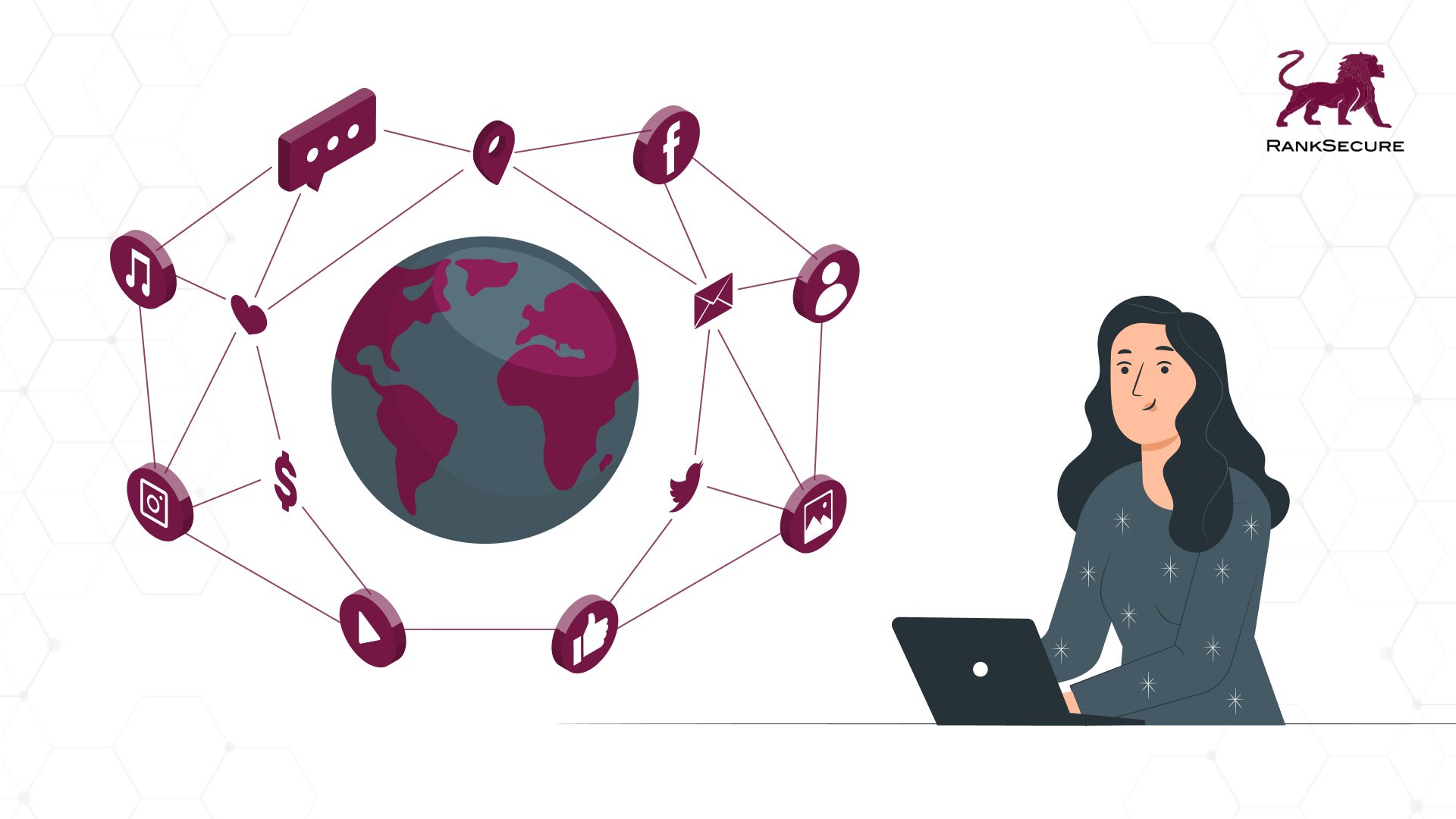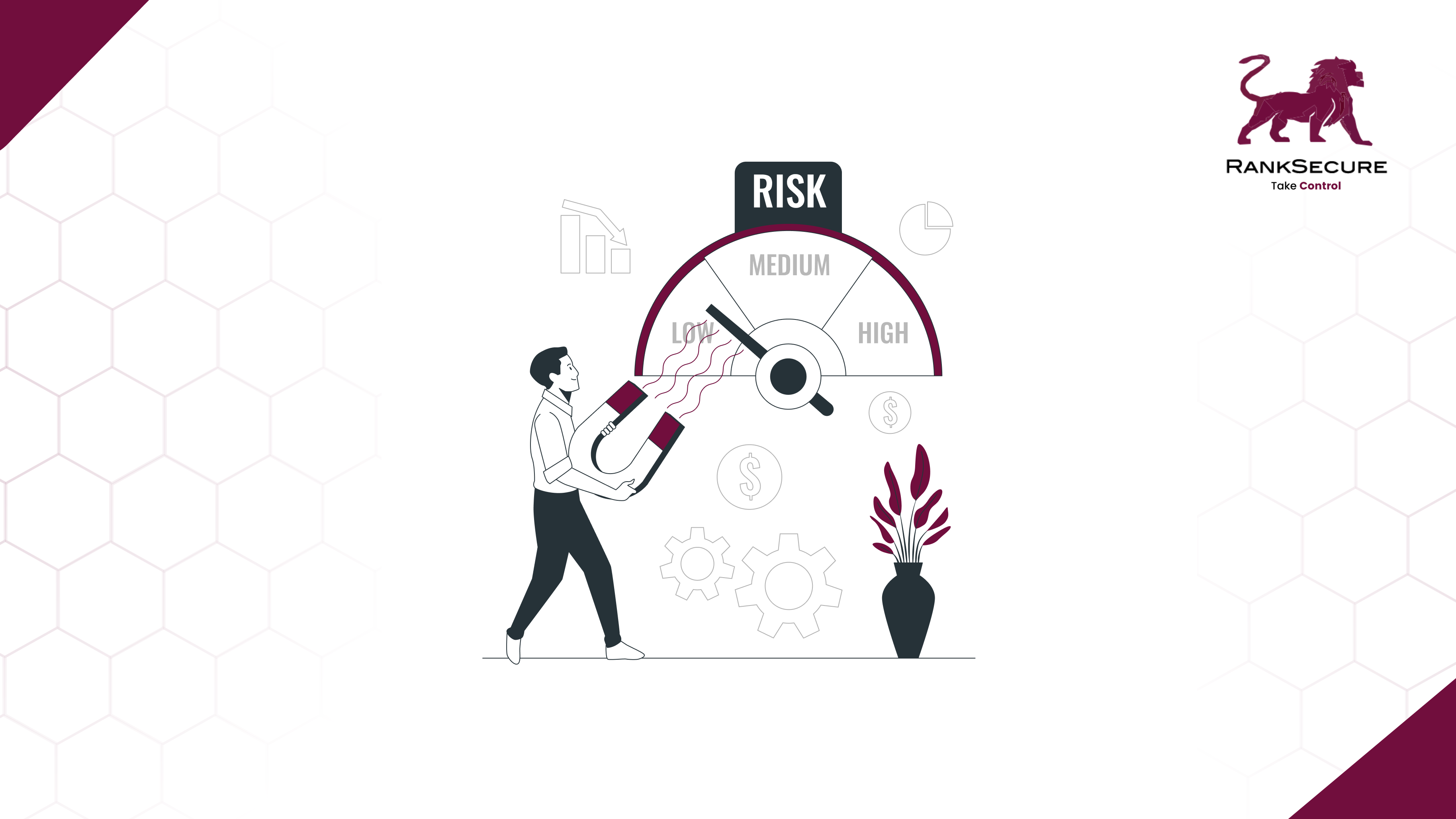
Network Pentesting: Understanding The Concepts of Network Mapping and Traffic Analysis
While implementing vulnerability assessments and penetration testing to secure your organisation’s IT infrastructure, it is imperative that the safety of all aspects of your IT environment is considered – the most crucial one being your organisation’s internal and external network.
Network pentesting is often performed as a follow-up of vulnerability assessments to examine the strength of the security posture from an outsider’s perspective. This method of penetration testing is effective in bringing out any underlying issues with the performance of your firewall or other network-related parameters, so you can implement relevant measures to resolve it.
When it comes to the implementation of network pentesting, there are two key techniques are employed, which ensure that your network security is robust and lasting. These techniques are network mapping and network traffic analysis.
In this article, we will explore the critical role of network mapping and network traffic analysis in network pentesting, why it is necessary for you to gain an understanding of these concepts, and how you can leverage these techniques to enhance your organisation’s network security.
Understanding Network Mapping
Network mapping involves the process of discovering and mapping the infrastructure of your organisation’s network, including devices, services, and their interconnections. The process of network mapping helps in identifying potential entry points, misconfigurations, and weak security controls in your company’s network, and provides you with a comprehensive view of your network’s layout and potential attack vectors. This knowledge enables you to prioritise resources and implement appropriate security measures to protect your critical data and other IT assets.
While conducting network pentesting, testers use several techniques and tools to facilitate network mapping. These techniques include ping sweeps, port scanning, and network discovery protocols such as SNMP (Simple Network Management Protocol) and ARP (Address Resolution Protocol). There are also multiple useful tools like Nmap, Nessus, and OpenVAS that provide extensive features for network mapping, enabling comprehensive assessments of your network architecture and identifying potential security weaknesses.
How Does Network Mapping Help Secure Your Network?
With a comprehensive understanding of your target network’s structure, devices, and services, You can use network mapping to gather information about your network’s topology and potential attack surfaces. Here are a few ways in which network mapping helps penetration testing teams understand and better protect your network and other IT assets –
Identifying Vulnerable Network Assets
Network mapping helps you identify all devices connected to your network, such as servers, workstations, routers, switches, printers, and IoT devices. Having a complete inventory of assets allows pentesters to focus on potential targets during their assessment.
Understanding The Topology of Your Organisation’s Network
Properly implemented network mapping practices reveal the architecture and layout of your company’s IT network. It shows how devices are interconnected and how data flows between them. Understanding the network topology helps the penetration testing team identify potential attack paths and areas of weakness.
Detecting Misconfigurations
Network mapping techniques are used to detect misconfigurations that could give an opening for cyberattacks to take place. This includes default passwords, weak encryption, and improperly configured security settings.
Examining User Group Data
By mapping your organisation’s network, pentesters can help you identify users, groups, and shared resources within your network. This information can be used to assess the strength of access controls and the potential for privilege escalation attacks.
Now that you’ve comprehended the role played by network mapping in pentesting, let’s discuss a how network traffic analysis aids the process.
Understanding Network Traffic Analysis
Network traffic analysis involves monitoring and analysing your organisation’s network communication to identify anomalies, detect suspicious activities, and gain insights into potential security breaches. It helps you understand your network’s behaviour, including traffic patterns, protocols in use, and potential security threats.
Typically, pentesting teams employ packet capturing (sniffing), protocol and flow analysis, and signature-based analysis to assess the network traffic. By detecting unusual or malicious activities, this process helps them uncover potential security breaches and enables the implementation of proactive response measures. You can leverage these insights to implement appropriate security controls and continuously monitor your network traffic for continued monitoring and protection.
How Does Network Traffic Analysis Aid Network Pentesting?
Network traffic analysis plays a critical role in penetration testing (pen testing) as it allows security professionals to gain valuable insights into the network’s vulnerabilities, potential attack vectors, and overall security posture. Here are some ways network traffic analysis helps in penetration testing –
Detecting Suspicious Activities
Network traffic analysis helps in identifying suspicious or malicious activities on the network, such as port scanning, brute-force attacks, unauthorised access attempts, and data exfiltration. This allows pen testers to detect and respond to potential threats well beforehand.
Traffic Pattern Analysis
Pentesting teams can analyse traffic patterns to identify anomalies or abnormal behaviours that could indicate potential security breaches or ongoing attacks. It can also help in identifying instances where sensitive data is being transmitted insecurely or when weak encryption protocols are used, highlighting areas that need improvement.
Assessing the Strength of Security Controls
By analysing network traffic, pentesters can assess the effectiveness of security controls like firewalls, intrusion detection systems (IDS), and intrusion prevention systems (IPS). If there are any loopholes found in the process, relevant measures can be undertaken to mitigate them accordingly.
Real-world examples highlight the impact of network mapping and network traffic analysis in network pentesting. By conducting comprehensive network mapping, organisations have identified previously unknown vulnerabilities, misconfigured devices, and unauthorised access points. Network traffic analysis has helped detect and mitigate various network-based attacks, including DDoS (Distributed Denial of Service) attacks, data exfiltration attempts, and malware propagation.
Successful implementation of network mapping and network traffic analysis requires collaboration between decision makers and skilled pentesters. You play a crucial role in supporting and facilitating the integration of these techniques into your organisation’s security strategy.
Conclusion
Network mapping and network traffic analysis are invaluable techniques in network pentesting, providing you with vital insights into your organisation’s network vulnerabilities and potential security threats. By leveraging these techniques effectively, you can allocate resources efficiently, implement appropriate security controls, and strengthen your organisation’s network security posture. Collaborating with skilled pentesters and staying informed about evolving best practices ensures that network pentesting remains an integral part of your organisation’s cybersecurity strategy.
Recent Posts
(DRAFT_Rahul) The Cost of Poor IT Asset Management Lessons from Industry Failures
In the current fast-paced digital environment, information technology asset management (ITAM) is no any longer a “nice to have” but a crucial activity for companies of every size. Effective IT asset management from hardware and software to cloud resources guarantees efficiency, cost saving, and regulatory conformity. Still, many
Comparing Risk vs. Vulnerability Assessments
When it comes to protecting your organisation, the terms risk assessment and vulnerability assessment are often thrown around—but what do they actually mean? More importantly, how do you know if your organisation needs one, both, or neither? In this blog, we’ll break down the nuances, explain when to
India’s Rising Role in Cybersecurity
India’s Rising Role in Cybersecurity India has become a digital powerhouse, with 751 million people actively using the internet—making it the world’s third-largest digital market after the US and China. The government’s Digital India program has transformed how we work, shop, and live. However, this rapid growth







